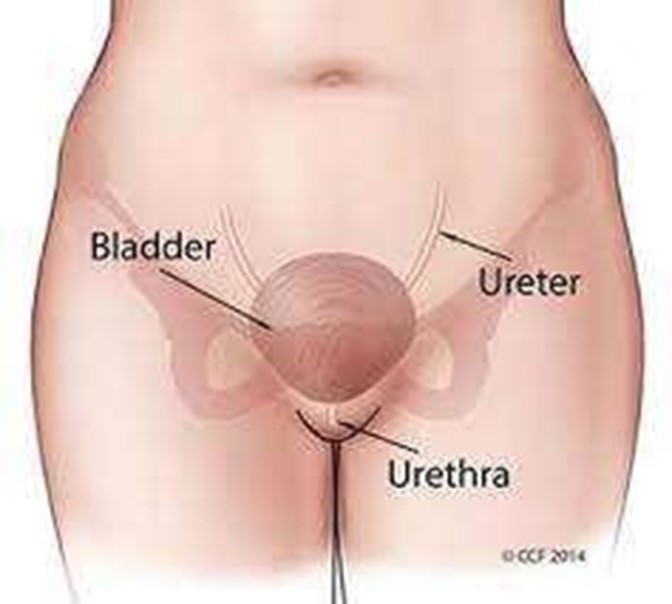A nurse is planning care for a client who is 1 day postoperative following abdominal surgery.
Which of the following tasks should the nurse delegate to an assistive personnel?
Transferring the client from the bed to a chair.
Checking the client’s surgical dressing for bleeding.
Determining whether the client has incisional pain.
Showing the client how to use an incentive spirometer.
The Correct Answer is A
Transferring the client from the bed to a chair. This is a task that can be delegated to an assistive personnel because it does not require nursing judgment or assessment. The nurse should provide clear instructions and supervise the assistive personnel during the transfer.
Choice B is wrong because checking the client’s surgical dressing for bleeding is a nursing assessment that requires clinical judgment and cannot be delegated.
The nurse should monitor the dressing for signs of infection, drainage, or dehiscence.
Choice C is wrong because determining whether the client has incisional pain is a nursing assessment that requires communication and evaluation skills and cannot be delegated.
The nurse should assess the client’s pain level, location, quality, and duration and administer pain medication as prescribed.
Choice D is wrong because showing the client how to use an incentive spirometer is a nursing intervention that requires teaching and evaluation skills and cannot be delegated.
The nurse should instruct the client on how to use the device to promote lung expansion and prevent atelectasis.
Nursing Test Bank
Naxlex Comprehensive Predictor Exams
Related Questions
Correct Answer is B
Explanation
Ask the client to empty their bladder.

This is because a full bladder can interfere with the pelvic examination and cause discomfort to the client. The nurse should also instruct the client to avoid douching, using tampons, vaginal medications, sprays, powders, birth control foam, cream, or jelly for at least 24 hours before the exam.
Choice A is wrong because the client should be placed in a lithotomy position, not a prone position, for a pelvic examination.
Choice C is wrong because douching can alter the normal vaginal flora and pH, and increase the risk of infection.
Choice D is wrong because placing the client’s arms over their head can tighten the abdominal muscles and make the examination more difficult. The nurse should ask the client to place their arms at their sides or across their chest.
Correct Answer is B
Explanation
The nurse should give report using the SBAR Communication tool in the following order: Situation, Background, Assessment, Recommendation. This tool provides a framework for communication between members of the health care team about a patient’s condition. It allows for an easy and focused way to set expectations for what will be communicated and how between members of the team.
Choice A is wrong because it is part of the Background section of the SBAR tool, which comes after the Situation section.
Choice C is wrong because it is part of the Assessment section of the SBAR tool, which comes after the Background section.
Choice D is wrong because it is also part of the Background section of the SBAR tool, which comes after the Situation section.
Whether you are a student looking to ace your exams or a practicing nurse seeking to enhance your expertise , our nursing education contents will empower you with the confidence and competence to make a difference in the lives of patients and become a respected leader in the healthcare field.
Visit Naxlex, invest in your future and unlock endless possibilities with our unparalleled nursing education contents today
Report Wrong Answer on the Current Question
Do you disagree with the answer? If yes, what is your expected answer? Explain.
Kindly be descriptive with the issue you are facing.
